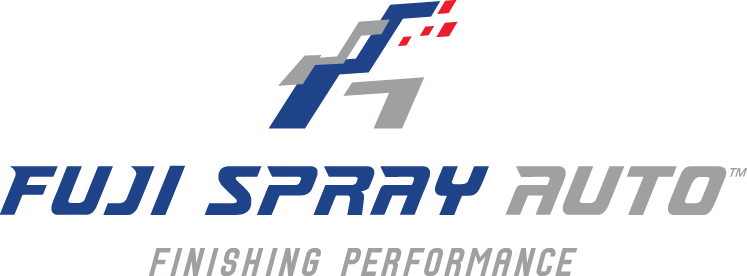Frequently Asked Questions
What spray guns are good for clear coat?
In most cases, the spray guns you would use for general paint jobs will also work for clear coats. It is important to choose the proper size nozzle and needle, while considering the viscosity of your coating. This will allow you to apply paint evenly and smoothly.
Can I soak the complete spray gun in solvent to clean it?
No, to clean your spray gun, you can soak individual components in solvent to remove debris and paint. Completely soaking the spray gun will deposit them in the air passages, which can gradually block it. Instead, you can either hand wash your spray gun carefully and thoroughly or use gun washer with a connector. Never soak your spray gun in thinner or bleach as it will cause irreparable damage.
Where do you order repair and replacement parts from?
Fuji Spray Auto™ carries a complete line of repair and replacement parts and accessories for all of the spray guns we sell. You can find them here.
How do you fix a spray gun that has a top or bottom heavy pattern?
To fix your spray gun, you need to identify if rotating the air cap 180° creates any change. If it does, it may be damaged or dirty. If there is no change, your fluid tip may be damaged.
What is the difference between conventional style spray guns, HVLP guns and turbine guns?
The best spray guns to atomize paint are conventional spray guns, which operate between 40 and 60 psi. However, you will typically lose half of the paint to overspray making this technology wasteful and inefficient. On the other hand, HVLP spray guns operate at a lower pressure (approximately 10 psi) using more air with a smaller spray pattern. Meanwhile, turbine HVLP spray guns have a turbine-based air supply uses large air volumes at lower pressures rather than using a compressor.
What do the numbers 1.0, 1.2, 1.4, 1.8 mean?
These numbers are the actual sizes in millimetres of the spray nozzle tip holes. You should use the same size needle to go with each nozzle. Larger nozzles are best for higher viscosity coatings such as primer.
What size compressor do I need to run this? How many psi? How many cfm?
The size of the compressor and the amount of psi and cfm will differ depending on the spray gun and tip you are using. In most cases, HVLP spray guns do not need as much air pressure (psi), but do require more air volume (cfm).
What size needle and nozzle should I use?
If you are using higher viscosity paints, we recommend a larger needle and nozzle. For lower viscosity coatings, we recommend a smaller needle and nozzle. These can be changed easily, so feel free to experiment with a range of sizes. Most automotive coatings will be atomized with needle/nozzles ranging from 1.0mm to 1.8mm.
What are the signs of tip wear?
The opening of the spray gun tip may increase with excessive use which could lead to an increase in flow rates. You could also notice a gradually smaller and smaller pattern size, meaning the tip has worn out at the top and bottom.
Can I apply waterborne paint with every Fuji Spray Auto™ spray gun?
You can use every Fuji Spray Auto™ spray gun to apply waterborne paints. It is recommend to use atleast two different spray guns when working with solvent-based coating or waterborne coating systems. This will help prevent any flaws or contamination in your projects.
